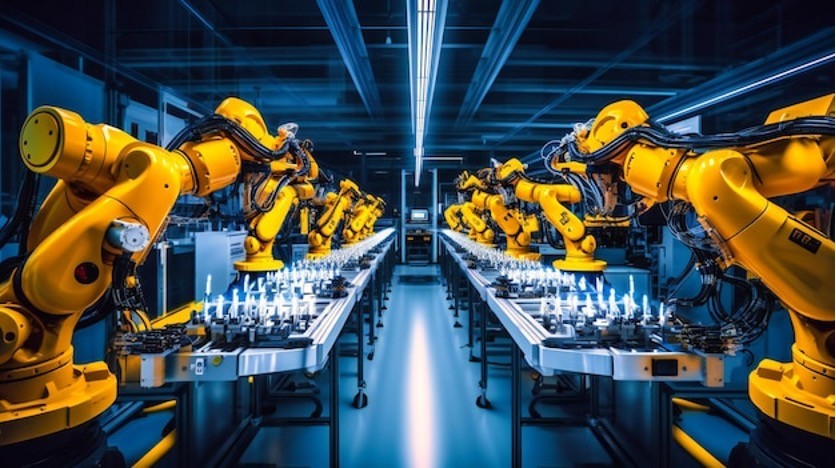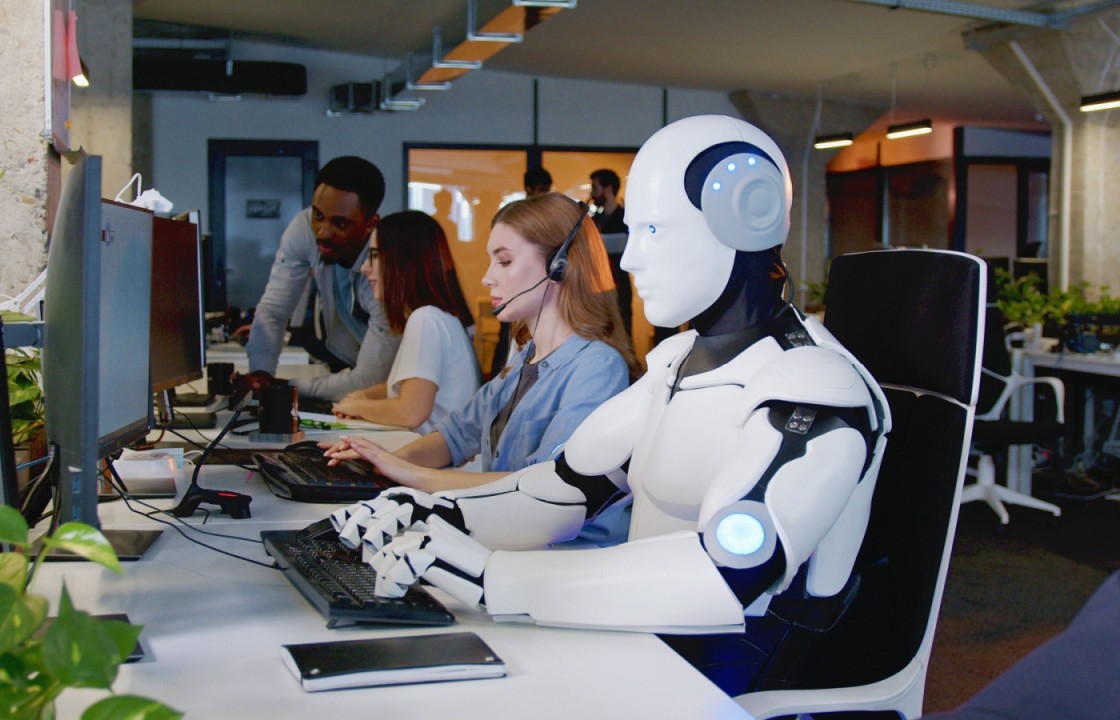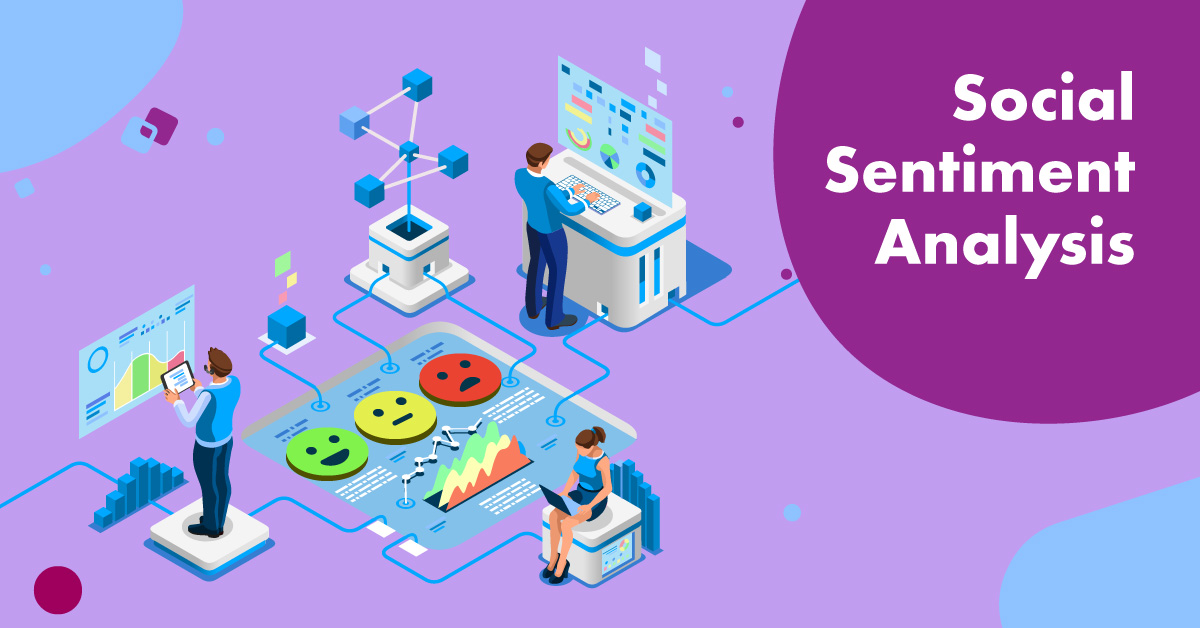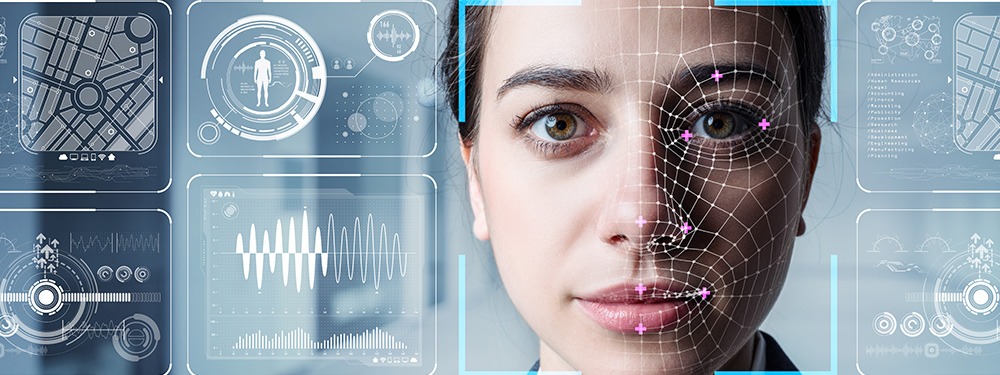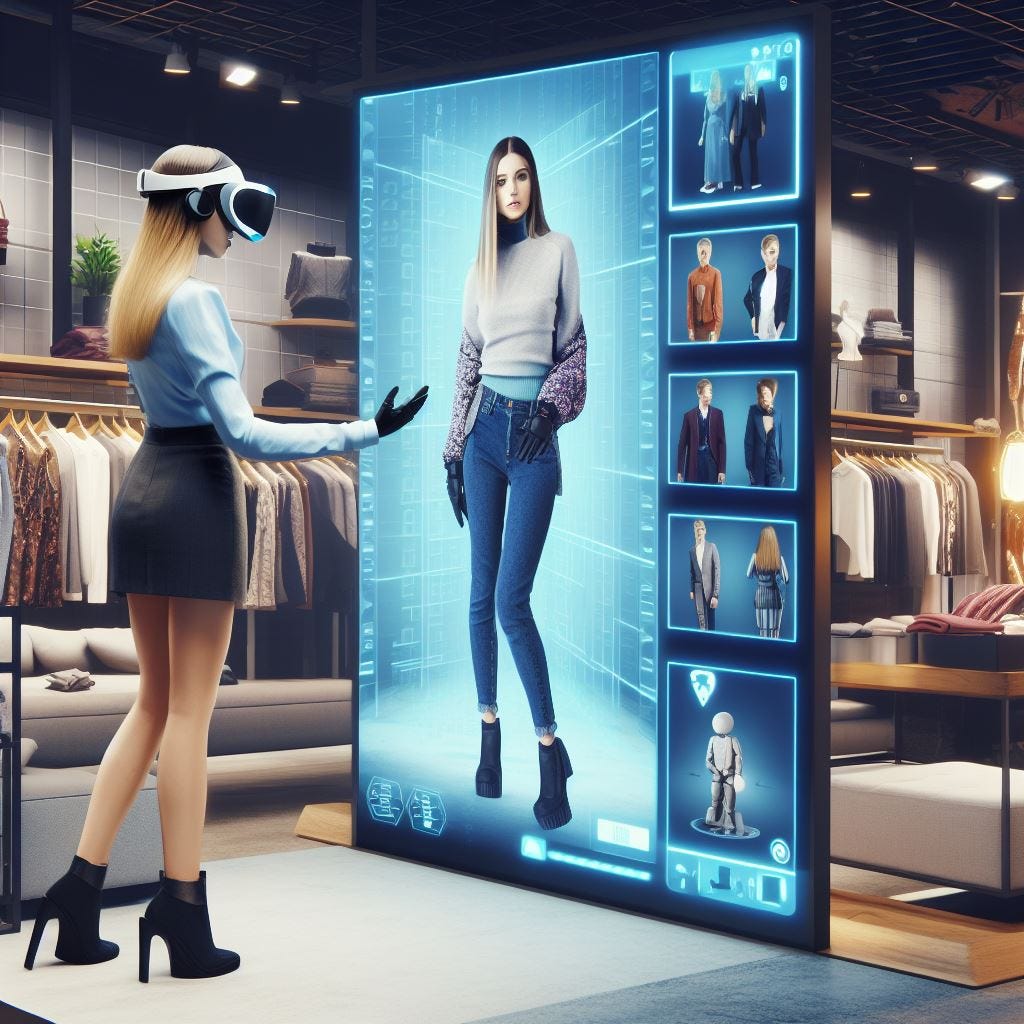AI has the potential to transform the manufacturing industry completely. Examples of possible upsides include increased productivity, decreased expenses, enhanced quality, and decreased downtime. Big factories are just some of the ones that can benefit from this technology. Many smaller businesses need to realise how easy it is to get their hands on high-value, low-cost AI solutions.
There are many possible uses for AI in manufacturing. It improves defect detection by using complex image processing techniques to classify flaws across a wide range of industrial objects automatically.
What Is AI in Manufacturing?
With so much data being produced daily by industrial IoT and smart factories, artificial intelligence has several potential uses in manufacturing. Manufacturers are increasingly turning to artificial intelligence (AI development company in coimbatore) solutions like machine learning (ML) and deep learning neural networks to better analyse data and make decisions.
Predictive maintenance is often touted as an application of artificial intelligence in manufacturing. Artificial intelligence (AI) can be applied to production data to improve failure prediction and maintenance planning. This results in less costly maintenance for production lines.
Many more applications and benefits of AI in production are possible, including more accurate demand forecasting and less material waste. Artificial intelligence (AI) and manufacturing go hand in hand since humans and machines must collaborate closely in industrial manufacturing environments.
Key AI Segments That Impact Manufacturing
AI is a collective term for learning system capabilities that are perceived as representing intelligence, including image and video recognition, prescriptive modeling, smart automation, advanced simulation, and complex analytics, among many others, according to Cap Gemini. In the context of manufacturing processes, AI use cases revolve around the following technologies:
-
Machine learning: Using algorithms and data to automatically learn from underlying patterns without being explicitly programmed to do so.
-
Deep learning: A subset of machine learning that uses neural networks to analyze things like images and videos.
-
Autonomous objects: AI agents that manage tasks on their own, such as collaborative robots or connected vehicles.
AI for manufacturing is (ai development company mindnotix) expected to grow from $1.1 billion in 2020 to $16.7 billion by 2026 – an astonishing CAGR of 57 percent. The growth is mainly attributed to the availability of big data, increasing industrial automation, improving computing power, and larger capital investments.
How is AI Used in the Manufacturing Industry?
The following are examples of how artificial intelligence can be applied in manufacturing:
-
The initial phase would be to teach the AI to accomplish a task by seeing how humans do it. If done thus, not only will progress be made but expansion will be sustained. With enough time and practice, it will learn on its own and be able to perform a wide range of tasks without constant supervision.
-
Crowdsourcing is the next logical step. Using this method, you can collect data from the general public to train an AI. It can accomplish this in a flash and then compare the results to anything else it has stored. The result will be an AI with access to collective wisdom and the ability to "hive mind" or to know what everyone else knows.
-
Supervision of AI is possible at last through the use of unsupervised learning. This means that it can acquire knowledge without being specifically instructed to do so. Just how is it going to pick up new information? They would utilise a technique called reinforcement learning.
Role of AI in the Industrial Sector:
Artificial intelligence (AI) is having a major impact on the manufacturing industry, transforming many aspects of production. Here are some of the key ways AI is used in manufacturing:
-
Predictive maintenance: By analyzing sensor data from machines, AI can predict when equipment is likely to fail. This allows manufacturers to schedule maintenance before breakdowns occur, reducing downtime and saving money.
-
Quality control: AI-powered vision systems can inspect products for defects with much greater accuracy and speed than human inspectors. This helps to ensure that only high-quality products are shipped to customers.
-
Demand forecasting: AI algorithms can analyze historical sales data and other factors to forecast future demand for products. This helps manufacturers to optimize their production processes and inventory levels.
-
Supply chain optimization: AI can be used to optimize the entire supply chain, from sourcing materials to delivering finished products. This can lead to reduced costs and improved efficiency.
-
Robotics: AI is increasingly being used to develop and control robots that can perform complex tasks in manufacturing plants. This can help to improve productivity and safety.
Overall, AI is helping to make manufacturing processes more efficient, productive, and cost-effective. As AI technology continues to develop, we can expect to see even more innovative applications in the manufacturing industry.
Artificial Intelligence in Logistics
Production losses due to overstocking or understocking are persistent problems. Waste and decreased profits are typical results of overstocking. Businesses might gain sales, money, and patronage when products are appropriately stocked.
AI Robots - Robotic Process Automation
Commonly known as "industrial robots,"robotics in manufacturing allow for the automation of monotonous operations, the elimination or reduction of human error, and the reallocation of human labour to higher-value activities.
Robots have a wide range of potential uses in manufacturing facilities. Machine vision is included in several industrial robots, allowing them to move precisely in chaotic settings.
Management of Supply Chains With Artificial Intelligence
With AI, factories can better manage their entire supply chains, from capacity forecasting to stocktaking. By establishing a real-time and predictive model for assessing and monitoring suppliers, businesses may be alerted the minute a failure occurs in the supply chain and can instantly evaluate the disruption's severity.
AI Autonomous Vehicles
Vehicles that drive themselves may automate the entire factory floor, from the assembly lines to the conveyor belts. Deliveries may be optimised, run around the clock, and completed more quickly with the help of self-driving trucks and ships.
To better plan delivery routes, decrease accidents, and notify authorities in an emergency, connected cars with sensors can track real-time information regarding traffic jams, road conditions, accidents, and more. This change enhances both the speed and safety of deliveries.
AI for Factory Automation
Operators in factories rely on their knowledge and intuition to manually modify equipment settings while keeping an eye on various indications on several screens. In addition to their regular duties, operators in this system are now responsible for troubleshooting and testing the system.
This leads some business owners to ignore or downplay the need to generate a financial return on investment, among other undesirable outcomes.
AI for IT operations
Intelligent automation in IT operations, or AIOps, is essential for this purpose. AIOps, as defined by Gartner, is an approach to IT operations automation that uses big data and machine learning.
AIOps is most helpful in automating extensive data management. Besides these, IT service management, event correlation and analysis, performance analysis, anomaly identification, and causation determination are all potential applications.
Design and Production With AI
With AI, the software may generate multiple iterations of a product's design that improve upon the original. The software, which is sometimes referred to as generative design software, asks designers for inputs like:
-
Basic Ingredients
-
Measurements and mass
-
Processing Techniques
-
Limitations due to financial and other resources
-
The algorithm can generate an array of potential layouts based on these inputs.
Internet of Things (IoT) and Artificial Intelligence
Internet-of-Things (IoT) devices are high-tech gadgets with sensors that produce massive amounts of real-time operating data. This concept is known as the "Industrial Internet of Things" (IIoT) in the manufacturing sector. The factory's combination of AI and IIoT can significantly improve precision and output.
AI in Warehouse Mmanagement
Multiple facets of warehouse management can be automated using AI. Manufacturers can keep a constant eye on their stockrooms and improve their logistics thanks to the continual stream of data they collect.
The costs of managing a warehouse can be lowered, productivity can be increased, and fewer people will be needed to do the job if quality control and inventory are automated. Manufacturers can boost revenue and earnings as a result.
AI Process Automation
Software powered by artificial intelligence can help businesses optimise procedures to maintain high production rates indefinitely. To locate and eliminate inefficiencies, manufacturers may use AI-powered process mining technologies.
In manufacturing, for instance, satisfying customers necessitates meeting their needs in various ways, including prompt and precise delivery.
AI for Predictive Maintenance
Manufacturers use AI to analyse sensor data and predict breakdowns and accidents. Synthetic intelligence systems aid production facilities in determining the likelihood of future failures in operational machinery, allowing for preventative maintenance and repairs to be scheduled in advance. Predictive maintenance enabled by AI allows factories to boost productivity while lowering repair bills.
AI-Based Product Development
Using AR (augmented reality) and VR (virtual reality), producers can test many models of a product before beginning production with the help of AI-based product development.
Maintenance and bug fixing should be simplified.Manufacturers may enhance and accelerate their innovation with AI-based product creation, resulting in new and more progressive items that hit the market ahead of the competition.
AI-Based Connected Factory
The future of manufacturing lies in sensor- and cloud-equipped "connected" or "smart" factories. Incorporating smart manufacturing practises aids:
-
Shop floor vision in real-time
-
Keep an eye on how your resources are being used.
-
Install hands-free, remote systems
-
Allow for timely intervention.
Quality Assurance and Inspections Using AI
Computer vision, which employs high-resolution cameras to observe every step of production, is used by AI-driven flaw identification. A system like this would be able to detect problems that the naked eye could overlook and immediately initiate efforts to fix them. Because of this, fewer products need to be recalled, and fewer of them are wasted.
Factory worker safety is improved, and workplace dangers are avoided when abnormalities like poisonous gas emissions may be detected in real-time.
AI for Purchasing Price Variance
Any change in the price of inputs can significantly impact a manufacturer's profit. Raw material cost estimation and vendor selection are two of the most challenging aspects of production.
This also makes it easier to manage all procurement data in one place and keep tabs on parts purchased from various vendors.
AI Order Management
Effective order management necessitates flexibility in the market, demand, consumer expectations, and manufacturing strategy shifts. To summarise, factories that employ AI-based systems or manufacturing robots can:
-
Make use of inventory tracking sensors to generate purchase requests instantly.
-
Handle the complication of many order types coming in from various sales channels.
-
Streamline and improve the clarity of order and inventory management
AI for Cybersecurity
According to studies, manufacturing companies lose the most money due to cyberattacks because even a little downtime of the production line can be disastrous. The dangers will increase at an exponential rate as the number of IoT devices proliferates. Cyberattacks on innovative industries are becoming increasingly common.
Safeguarding industrial facilities and reducing vulnerability to attack is made easier using artificial intelligence-driven cybersecurity systems and risk detection algorithms
Conclusion
In conclusion, AI is rapidly transforming the manufacturing landscape. From streamlining operations to ensuring quality, AI offers a powerful set of tools to optimise production, reduce costs, and gain a competitive edge. As AI continues to evolve, its impact on manufacturing promises to be even more significant, shaping the future of this vital industry.
For more information contact : support@mindnotix.com
Mindnotix Software Development Company


 AI-Taxi App
AI-Taxi App AI-Food App
AI-Food App AI-Property Mgmt App
AI-Property Mgmt App AI-CRM
AI-CRM AI-Fantasy App
AI-Fantasy App
 Web Development
Web Development App Development
App Development Business & Startup
Business & Startup Hire Developer
Hire Developer
 Digital Marketing
Digital Marketing Lead-generation
Lead-generation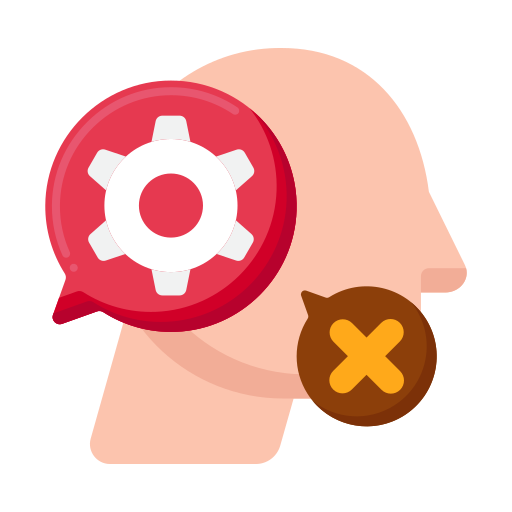 Creative Agency
Creative Agency Branding Agency
Branding Agency Augmented Reality
Augmented Reality Virtual Reality
Virtual Reality Internet of Things
Internet of Things Artificial Intelligence
Artificial Intelligence Blockchain
Blockchain Chatbot
Chatbot